Home>Interior Design>Interior Designer Natalia Miyar Reveals How To Create The Perfect Indoor-Outdoor Space
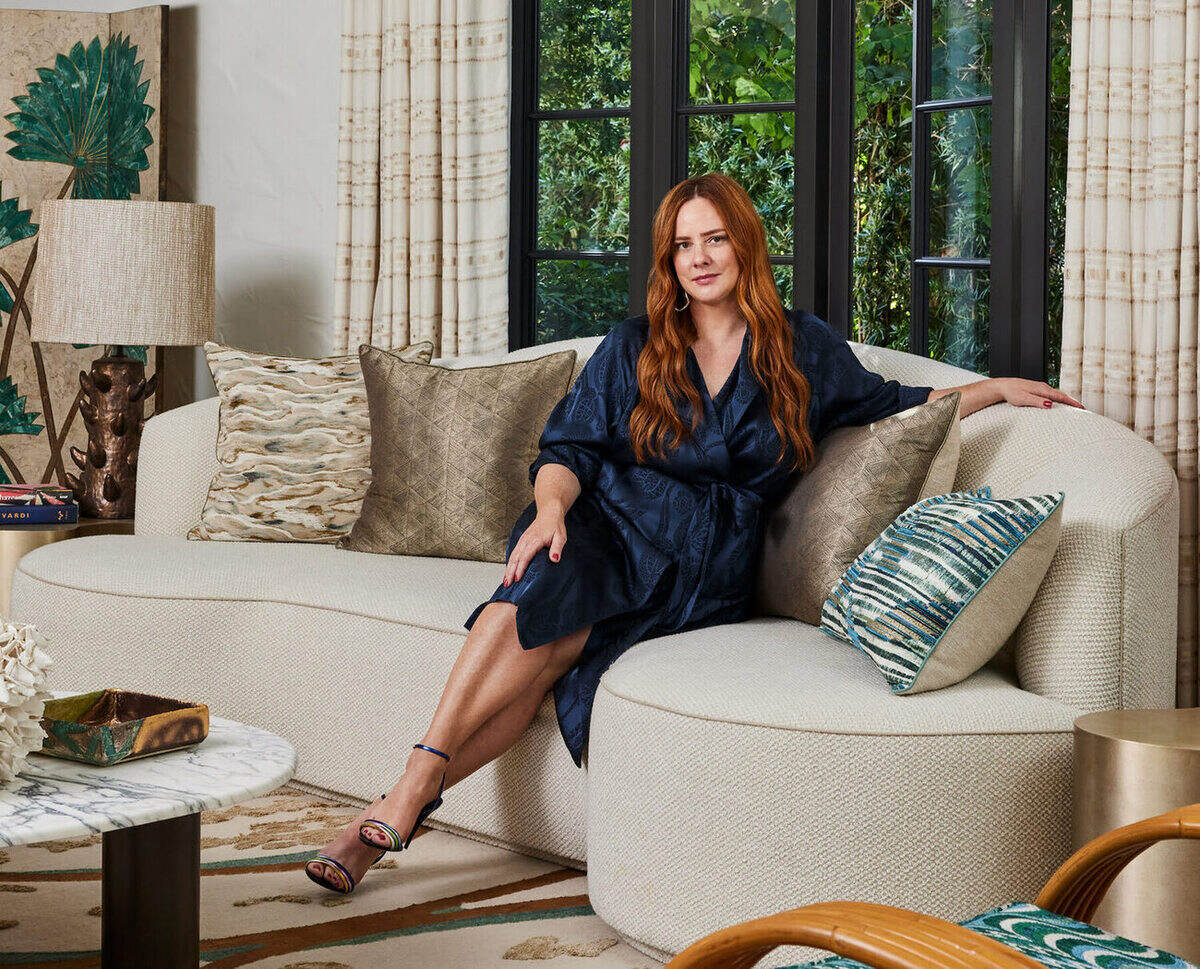

Interior Design
Interior Designer Natalia Miyar Reveals How To Create The Perfect Indoor-Outdoor Space
Modified: January 19, 2024
Discover expert tips from interior designer Natalia Miyar on how to seamlessly blend indoor and outdoor spaces for the perfect interior design.
(Many of the links in this article redirect to a specific reviewed product. Your purchase of these products through affiliate links helps to generate commission for Storables.com, at no extra cost. Learn more)
Introduction
Creating the perfect indoor-outdoor space is a dream for many homeowners and interior design enthusiasts. The ability to seamlessly transition between the comforts of indoor living and the beauty of the outdoors can elevate the overall aesthetic and functionality of a space. Whether you have a small balcony, a spacious patio, or a sprawling garden, incorporating elements that blend the indoors with the outdoors can transform your living experience.
Indoor-outdoor spaces have gained significant popularity in recent years, as they offer the best of both worlds, allowing you to enjoy nature while still being protected from the elements. Whether you long for a cozy reading nook by the window, a vibrant outdoor dining area, or a serene garden sanctuary, there are various factors to consider when designing the perfect indoor-outdoor space.
In this article, we will explore the key elements and design principles to help you create a seamless and enjoyable indoor-outdoor space. From selecting the right location to incorporating flow and connectivity, to utilizing natural lighting and selecting weather-resistant materials, we will guide you through the process of designing a space that seamlessly integrates with the outdoors.
So, whether you’re a homeowner looking to revamp your backyard or an interior design enthusiast seeking inspiration, read on to discover how to bring the beauty of nature indoors and create the perfect indoor-outdoor space. Let’s dive in and explore the steps to designing a harmonious and inviting area that blurs the boundaries between inside and outside.
Key Takeaways:
- Embrace the seamless integration of nature and indoor living by designing an indoor-outdoor space that blurs boundaries, maximizes natural light, and prioritizes comfort and privacy.
- Create a harmonious oasis by incorporating greenery, weather-resistant materials, and thoughtful design elements to seamlessly connect the indoors with the beauty of the outdoors.
The Importance of Indoor-Outdoor Spaces
Indoor-outdoor spaces have become increasingly popular in modern interior design, and for good reason. These spaces offer numerous benefits and are highly sought after by homeowners and designers alike.
One of the key advantages of an indoor-outdoor space is the connection it creates between the interior and exterior of a home. It allows you to blur the boundaries between inside and outside, creating a seamless flow and a sense of continuity. This connection not only enhances the visual appeal of a space but also allows for a more integrated and holistic living experience.
Another advantage of indoor-outdoor spaces is the ability to maximize natural light. By incorporating large windows, glass doors, or skylights, you can flood your interior spaces with natural sunlight, creating a warm and inviting atmosphere. Natural light has a positive impact on our mood and well-being, making indoor-outdoor spaces not only visually appealing but also beneficial for our overall mental and physical health.
Indoor-outdoor spaces also offer the opportunity to expand your living area. By designing a well-planned outdoor space, such as a patio or a deck, you effectively extend your usable square footage. This can be particularly beneficial for those who have smaller homes or limited indoor space.
Moreover, indoor-outdoor spaces provide a unique opportunity to connect with nature and the surrounding environment. Being able to step outside and enjoy the fresh air, hear the soothing sounds of nature, and feel the warmth of the sun can have a transformative effect on our well-being. It allows us to escape the confines of our indoor spaces and embrace the beauty of the outdoors.
Furthermore, indoor-outdoor spaces are highly versatile. They can be designed to serve various purposes, such as dining areas, lounges, entertainment spaces, or even outdoor kitchens. This versatility allows you to customize your space according to your lifestyle and preferences, creating a personalized oasis that reflects your unique taste and needs.
In summary, indoor-outdoor spaces offer a multitude of benefits, including a seamless connection between indoors and outdoors, maximizing natural light, expanding living areas, connecting with nature, and providing versatility in design. Whether you have a small balcony or a vast backyard, incorporating indoor-outdoor elements into your space can elevate its aesthetic appeal and create a truly immersive and enjoyable living experience.
Choosing the Right Location
When designing an indoor-outdoor space, selecting the right location is crucial. The location will determine the accessibility, privacy, and overall ambiance of the space. Here are some factors to consider when choosing the perfect location for your indoor-outdoor space:
1. Accessibility: Look for a location that provides easy access to both the interior and exterior of your home. Consider the flow of foot traffic and how the space connects with the rest of your living areas. Ideally, the location should be convenient and seamlessly integrated into your daily routines.
2. Views and Surroundings: Take into account the views and surroundings that the location offers. If you have a beautiful garden or a scenic landscape, consider positioning your indoor-outdoor space in a way that maximizes these views. Incorporating large windows or glass doors can create a visual connection between the indoors and the outdoors, allowing you to fully enjoy the natural surroundings.
3. Privacy: Privacy is important when designing an outdoor space. Consider the proximity to neighboring properties and the level of privacy you desire. If privacy is a concern, strategically position the space in a way that minimizes visibility from outside areas. This can be achieved through the use of fences, hedges, or privacy screens.
4. Natural Elements: Assess the natural elements that the location offers. Consider factors such as sunlight exposure, wind direction, and shade availability. These elements will influence the comfort and functionality of the space. For example, if the location receives intense sunlight, consider incorporating shading solutions such as pergolas or awnings to provide relief from the sun’s rays.
5. Size and Space: Consider the size and space available for your indoor-outdoor area. Evaluate the dimensions and shape of the location to ensure that it can accommodate your intended design elements and furniture. Take into account any potential limitations or constraints that may affect the layout or functionality of the space.
6. Proximity to Utilities: Take note of the proximity to water sources, electricity, and any other utilities that may be required for your outdoor space. This will ensure convenience and ease of use for activities such as gardening, outdoor cooking, or hosting outdoor events.
By carefully considering these factors, you can choose the right location for your indoor-outdoor space, creating a functional and harmonious area that seamlessly integrates with both the interior and exterior of your home. Remember, the location sets the foundation for the overall design and ambiance of the space, so take your time and make a well-informed decision.
Incorporating Flow and Connectivity
Creating a sense of flow and connectivity between your indoor and outdoor spaces is essential for a successful indoor-outdoor design. It allows for a seamless transition between the two areas, enhancing the overall functionality and visual appeal. Here are some tips for incorporating flow and connectivity into your indoor-outdoor space:
1. Open Floor Plan: If possible, opt for an open floor plan that integrates your indoor and outdoor spaces. This can be achieved by removing barriers such as walls or installing large folding or sliding glass doors. An open floor plan allows for uninterrupted views and easy movement between the indoor and outdoor areas.
2. Consistent Flooring: Use consistent flooring materials or complementary finishes to create a visual connection between the indoor and outdoor spaces. This helps to unify the areas and create a seamless flow. For example, if you have hardwood floors indoors, consider extending them to your outdoor deck or patio.
3. Align Sightlines: Aligning sightlines between your indoor and outdoor spaces can create a sense of continuity. Consider positioning windows, glass doors, and architectural features in a way that allows for unobstructed views between the two areas. This not only enhances the flow but also maximizes the natural light and views from both inside and outside.
4. Design Cohesion: Maintain design cohesion between the indoor and outdoor spaces. Carry the same color palette, materials, and design elements from indoors to outdoors. This creates a harmonious and unified aesthetic. For example, if your interior features a contemporary design with neutral colors, extend that design language to your outdoor furniture and decor.
5. Outdoor Transitions: Pay attention to the transitions between the indoor and outdoor areas. Create inviting pathways, steps, or thresholds that visually guide people from one area to another. This can be done through landscaping, walkways, or architectural features. Consider using materials that are durable and weather-resistant to ensure longevity and ease of maintenance.
6. Functional Zones: Define functional zones within your indoor-outdoor space to maximize its usability. Think about how you want to use the space and divide it accordingly. For example, you can create separate areas for lounging, dining, cooking, or gardening. This helps to delineate different activities and creates a sense of purpose within the overall design.
By incorporating flow and connectivity into your indoor-outdoor space, you create a seamless transition that enhances the functionality and aesthetic appeal of the area. It allows for easy movement between the indoors and outdoors, encourages interaction with nature, and optimizes the overall living experience. So, carefully consider the design elements and layout to achieve a cohesive and harmonious flow in your indoor-outdoor space.
Utilizing Natural Lighting
Natural lighting is a key element in interior design, and it plays an equally important role in indoor-outdoor spaces. Maximizing the use of natural light not only enhances the visual appeal of your space but also has a positive impact on mood, productivity, and overall well-being. Here are some tips for utilizing natural lighting in your indoor-outdoor space:
1. Positioning and Orientation: When designing your indoor-outdoor space, consider the positioning and orientation to optimize natural light. Take into account the path of the sun throughout the day and how it enters the space. Position windows, skylights, or glass doors to capture the most natural light and minimize any obstructions.
2. Large Windows and Glass Doors: Incorporate large windows and glass doors to allow an abundance of natural light to flood into your interior. These elements not only provide stunning views but also create a seamless connection between the indoor and outdoor areas. Additionally, opt for energy-efficient glass to minimize heat gain or loss and maintain a comfortable temperature.
3. Skylights: If you have a roof or ceiling that allows for it, consider installing skylights. Skylights are a great way to bring in natural light from above, even in spaces that may not have direct access to windows. They add a sense of openness and brightness, making the space feel more expansive and inviting.
4. Light-Reflecting Surfaces: Choose interior finishes and furniture that have light-reflecting properties. Light-colored walls, translucent or frosted glass, mirrors, and glossy surfaces can help to bounce and amplify natural light, creating a brighter and more vibrant space. Utilizing lighter tones and materials also enhances the perception of spaciousness.
5. Window Treatments: Use window treatments that allow for flexibility in controlling the amount of natural light. Sheer curtains, blinds, or shades can be adjusted to filter light while maintaining privacy. This allows you to control the intensity of natural light depending on your needs or the time of day.
6. Outdoor Shading Solutions: In outdoor areas, incorporate shading solutions to provide relief from the direct sunlight. This can include pergolas, retractable awnings, umbrellas, or even shade sails. These features not only protect you from harsh UV rays but also create visually appealing patterns of light and shadow.
7. Outdoor Landscape Design: Consider the surrounding landscape design to optimize natural light. Avoid planting tall trees or installing structures that may block or obstruct sunlight. Instead, choose landscaping elements that enhance natural light, such as reflective surfaces, open green spaces, or strategically placed gardens.
By utilizing natural lighting techniques in your indoor-outdoor space, you can create a bright and welcoming environment that seamlessly blends with the outdoors. Natural light not only enhances the aesthetics but also improves the overall atmosphere and livability of the space. So, make the most of the sunlight by strategically designing your indoor-outdoor space with an emphasis on maximizing natural lighting.
Read more: Interior Designer Natalia Miyar Shares 3 Secrets To Creating Impact With Sculptural Lighting
Selecting Weather-Resistant Materials
When designing an indoor-outdoor space, selecting weather-resistant materials is essential to ensure the longevity and durability of your furnishings and finishes. Exposure to the elements, such as rain, sunlight, and temperature fluctuations, can take a toll on materials that are not specifically designed for outdoor use. Here are some tips for selecting weather-resistant materials for your indoor-outdoor space:
1. Outdoor Furniture: Opt for furniture made from materials that can withstand exposure to sun, rain, and humidity. Look for materials such as aluminum, teak, resin wicker, or outdoor-grade fabrics. These materials are designed to be water-resistant, fade-resistant, and resistant to mold and mildew. Consider investing in quality outdoor cushions and upholstery that are specifically made for outdoor use.
2. Flooring: Choose flooring materials that are suitable for both indoor and outdoor environments. Porcelain tiles, composite decking, or natural stone are popular choices for outdoor flooring due to their durability and resistance to moisture. Ensure that the chosen flooring material is slip-resistant to prevent accidents, especially in areas prone to wet conditions.
3. Lighting Fixtures: Use lighting fixtures that are designed for the outdoors to ensure their durability. Look for fixtures with IP (Ingress Protection) ratings that indicate their level of resistance to water and dust. LED lights are a popular choice for outdoor lighting as they are energy-efficient and long-lasting.
4. Upholstery and Fabrics: When selecting upholstery and fabrics for your indoor-outdoor space, choose materials that are specifically designed for outdoor use. Look for textiles that are UV-resistant, fade-resistant, and water-resistant. Performance fabrics or outdoor-grade fabrics such as Sunbrella are excellent choices as they are stain-resistant and easy to clean.
5. Window Treatments: If your indoor-outdoor space has windows, consider using weather-resistant window treatments. Outdoor-grade curtains, blinds, or shades made from synthetic materials like PVC or outdoor fabric can withstand exposure to sunlight and moisture without deteriorating. These treatments will not only provide privacy but also protect your indoor furnishings from direct sunlight.
6. Outdoor Rugs: Select rugs made from materials that can handle outdoor conditions. Look for rugs made from synthetic fibers like polypropylene or natural fibers like sisal that can withstand moisture and humidity. These rugs are easy to clean and resistant to fading, making them ideal for outdoor use.
7. Finishes and Sealants: Utilize finishes and sealants that provide protection against the elements. For wooden surfaces, use exterior-grade paint or oil-based finishes that can withstand UV rays and moisture. Sealants can also be applied to stone or concrete surfaces to protect them from staining and degradation.
By selecting weather-resistant materials for your indoor-outdoor space, you ensure that your furniture, finishes, and accessories can withstand the demands of the outdoor environment. This not only extends the lifespan of your elements but also saves you from the hassle and cost of frequent replacements. So, prioritize durability and longevity by choosing materials specifically designed for outdoor use when designing your indoor-outdoor space.
When creating an indoor-outdoor space, consider using similar flooring materials inside and outside to create a seamless transition and visually expand the space.
Blurring the Boundaries
Blurring the boundaries between indoor and outdoor spaces is a key design principle in creating a seamless and harmonious indoor-outdoor experience. By seamlessly blending the two areas, you can create a sense of flow and connectivity, enhancing the overall aesthetics and functionality of your space. Here are some tips to blur the boundaries between your indoor and outdoor spaces:
1. Glass Walls and Windows: Incorporate large glass walls or windows to create a visual connection and unobstructed views between the indoors and outdoors. These transparent barriers act as a seamless divider while allowing natural light to flood your interior, making it feel more expansive and connected to the outside. Consider floor-to-ceiling windows or sliding glass doors to maximize the effect.
2. Indoor Plants and Greenery: Bring the outdoors inside by incorporating indoor plants and greenery. Strategically place potted plants or hanging plants near windows or glass walls. This not only helps to blur the boundaries visually but also creates a natural transition between the two spaces. The lush foliage and vibrant colors of the plants add a refreshing touch to your indoor environment.
3. Consistent Materials and Colors: Use consistent materials and colors both indoors and outdoors to create a sense of unity. Choose materials and finishes that can be seamlessly carried from the interior to the exterior. For example, utilize similar flooring materials, such as stone tiles or hardwood, or incorporate matching paint colors or design elements that can be seen from both sides. This cohesion blurs the physical boundaries and creates a seamless transition between the two spaces.
4. Outdoor Living Areas: Design an outdoor living area that mirrors the functionality and comfort of your indoor space. Consider creating an outdoor seating area with comfortable furniture, dining space with a table and chairs, or even an outdoor kitchen. By mirroring the features and layout of your indoor space, you create consistency and make the boundary between indoors and outdoors less apparent.
5. Transition Zones: Create designated transition zones that help to bridge the gap between the indoors and outdoors. These areas can act as intermediate spaces where you can gradually transition from the interior to the outdoor environment. For example, a covered patio or a screened porch can serve as a space between the outdoors and the main living area.
6. Visual Continuity: Maintain visual continuity by aligning design elements and sightlines. Position furniture, artwork, and architectural features in a way that allows for a smooth visual flow from the inside to the outside. Consider extending design elements, such as flooring patterns or wall finishes, from indoors to outdoors to create a cohesive look and feel.
By blurring the boundaries between your indoor and outdoor spaces, you can create a seamless and immersive environment that integrates nature into your daily living. The fluid transition between the two areas enhances the overall aesthetic appeal, functionality, and livability of your indoor-outdoor space. So, embrace the concept of blurring boundaries and design a space that seamlessly connects the indoors with the beauty of the outdoors.
Creating a Seamless Design
Creating a seamless design is essential when designing an indoor-outdoor space as it ensures a cohesive and harmonious integration between the two areas. By considering the following factors, you can achieve a seamless design that flows effortlessly from indoors to outdoors:
1. Consistent Design Style: Maintain a consistent design style throughout your indoor-outdoor space. Whether you prefer a modern, minimalist, rustic, or eclectic style, carry the same design language across both areas. This consistency creates visual cohesion and ensures a seamless transition from one space to another.
2. Material Continuity: Use materials that can be carried from the interior to the exterior to create a sense of continuity. For example, if you have wooden flooring indoors, extend it to your outdoor deck or patio. Carry the same or complementary materials such as stone, concrete, or metal finishes from inside to outside. This material continuity reinforces the connection between the two areas.
3. Color Palette: Select a cohesive color palette that can be used throughout your indoor-outdoor space. Choose colors that complement each other and create a harmonious atmosphere. Carry the colors from your interior to your outdoor furnishings, accessories, and landscaping elements. This color consistency ties the indoor and outdoor areas together visually.
4. Seamless Transitions: Ensure that the transitions between the indoor and outdoor areas are smooth and seamless. Avoid abrupt changes in flooring height or texture that can disrupt the flow. Use thresholds or architectural features to create a gradual transition between the spaces. This creates a sense of unity and uninterrupted movement between the indoors and outdoors.
5. Outdoor Living Decor: Bring the comfort and style of indoor living to your outdoor space by incorporating suitable outdoor furniture and decor. Choose furniture that complements your indoor furniture and reflects your design aesthetic. Consider using cushions, rugs, and lighting fixtures specifically designed for outdoor use. This creates a cohesive and inviting outdoor living area.
6. Harmonious Sightlines: Align sightlines to create a sense of harmony between the indoor and outdoor views. Strategically position windows, glass doors, and furniture to frame outdoor features such as gardens, landscapes, or focal points. This creates a seamless visual connection and allows you to appreciate the beauty of the outdoors from inside your home.
7. Thoughtful Lighting: Pay attention to lighting design to create a seamless atmosphere. Utilize a combination of natural light, artificial light fixtures, and landscape lighting to enhance the ambiance both indoors and outdoors. Consider installing dimmers to adjust the lighting intensity and create the desired mood for different occasions.
In summary, creating a seamless design involves maintaining consistency in design style, materials, colors, transitions, and lighting. By paying attention to these details, you can achieve a space where the boundaries between indoors and outdoors blur seamlessly. This cohesive design approach creates a unified and inviting environment that seamlessly integrates with the outdoors.
Incorporating Greenery and Landscaping
Incorporating greenery and landscaping into your indoor-outdoor space can bring a touch of nature and enhance the overall aesthetics. Plants and landscaping elements not only add visual appeal but also contribute to a sense of tranquility and well-being. Here are some ideas for incorporating greenery and landscaping into your indoor-outdoor space:
1. Vertical Gardens: Install vertical gardens or living walls to add a lush and vibrant display of plants. These green walls can be attached to fences, exterior walls, or freestanding structures. Choose a variety of plants with different textures and colors to create an eye-catching focal point and provide a natural backdrop.
2. Potted Plants and Containers: Utilize potted plants and containers to bring greenery to your outdoor space. Select a mix of different sizes and types of plants to create visual interest and variety. Place them strategically around your seating area, walkways, or near architectural features to add a touch of nature and create a connection with the outdoors.
3. Outdoor Gardens: Design an outdoor garden that complements your indoor space. Consider the overall theme or style and select plants that thrive in your climate. Create designated areas for flowers, herbs, or even a small vegetable garden. Incorporate pathways, stepping stones, or a gazebo to make the garden a focal point and an inviting space for relaxation and enjoyment.
4. Climbing Plants and Vines: Install trellises or frames for climbing plants and vines. These plants can add vertical interest, provide shade, and create a natural privacy screen. Choose species that are suitable for your climate and consider their growth habit and maintenance requirements. As the plants grow, they will add a lush and organic element to your outdoor space.
5. Water Features: Integrate water features such as fountains, ponds, or small waterfalls into your outdoor area. These features not only provide a soothing ambiance but also attract birds and other wildlife, enhancing the connection to nature. Include aquatic plants, such as water lilies or water grasses, to add texture and visual interest.
6. Lighting for Plants: Use landscape lighting to highlight your plants and landscaping features in the evenings. Install uplights or downlights to create dramatic shadows and illuminate specific areas. Lighting not only enhances the beauty of your plants but also adds an enchanting atmosphere to your outdoor space after dark.
7. Native and Low-Maintenance Plants: Consider incorporating native plants or low-maintenance plants into your outdoor space. Native plants are well-adapted to the local climate and require less water and maintenance. They also provide habitat for local wildlife and help support the ecosystem. Low-maintenance plants require less attention and are ideal for those with limited time for gardening.
By incorporating greenery and landscaping into your indoor-outdoor space, you create a connection with nature and enhance the overall beauty of your outdoor area. Experiment with different plants, textures, and features to create a personalized oasis that reflects your taste. Whether you have a small balcony or a sprawling garden, the addition of greenery and landscaping elements can transform your indoor-outdoor space into a serene and inviting retreat.
Enhancing Privacy and Comfort
When designing an indoor-outdoor space, enhancing privacy and comfort is essential to create a relaxing and intimate atmosphere. Whether you have neighbors nearby or simply desire a sense of seclusion, there are several strategies you can employ to ensure privacy and create a comfortable environment in your outdoor area. Here are some tips to enhance privacy and comfort in your indoor-outdoor space:
1. Privacy Screens: Install privacy screens or partitions to create a sense of seclusion. These can be made from materials such as lattice, bamboo, fabric, or even outdoor curtains. Place them strategically to block unwanted views or create separate zones within your outdoor space. Privacy screens not only provide privacy but also add visual interest and create a cozy atmosphere.
2. Planting Greenery: Use plants, hedges, or trees to form natural barriers and enhance privacy. Select dense foliage plants and shrubs that grow tall enough to provide adequate screening. Layer different types of plants to create depth and a lush backdrop. Consider using evergreen plants for year-round coverage and a continuous sense of privacy.
3. Pergolas and Gazebos: Incorporate pergolas or gazebos to create partially enclosed spaces that offer shade and privacy. These structures provide a sense of shelter while still allowing for a connection to the outdoors. You can drape them with outdoor curtains or grow climbing plants to further enhance privacy and create a cozy and secluded atmosphere.
4. Outdoor Canopies: Install retractable canopies or shade sails to provide additional privacy and shade as needed. These features can be adjusted to block out direct sunlight and shield your outdoor space from prying eyes. They also offer protection from light rain or provide shelter during inclement weather, allowing you to enjoy your outdoor area in comfort.
5. Comfortable Seating and Cushions: Invest in comfortable outdoor seating and cushions to create a cozy and inviting atmosphere. Ensure that your seating options provide adequate support and are designed to withstand outdoor conditions. Plush pillows and cushions add a layer of comfort and style while making your outdoor space more inviting and comfortable for relaxation.
6. Outdoor Heating and Cooling: Consider incorporating outdoor heating or cooling systems to ensure year-round comfort in your indoor-outdoor space. Outdoor heaters or fire pits can provide warmth during cooler months, while a misting system or outdoor fan can help cool down the space on hot summer days. These features allow you to enjoy your outdoor area in comfort regardless of the temperature.
7. Acoustic Elements: Use sound-absorbing materials or features to create a tranquil and peaceful environment. Install outdoor wall panels or screens designed to reduce noise and create a quiet retreat. Water features, such as fountains or waterfalls, also add a soothing sound element that helps to mask unwanted noises and create a calming atmosphere.
By enhancing privacy and comfort in your indoor-outdoor space, you can create an inviting and relaxing environment that allows you to fully enjoy the benefits of outdoor living. Consider the layout, materials, and features that will maximize privacy and create a comfortable ambiance. With careful planning and thoughtful design choices, you can transform your space into a private sanctuary where you can unwind and connect with nature.
Conclusion
Designing the perfect indoor-outdoor space is a creative and rewarding endeavor that allows you to seamlessly integrate nature into your living environment. By considering elements such as flow and connectivity, natural lighting, weather-resistant materials, and incorporating greenery and landscaping, you can create a harmonious and inviting space that blurs the boundaries between indoors and outdoors.
Indoor-outdoor spaces offer numerous benefits, from enhancing the visual appeal and functionality of your home to improving your overall well-being. The connection between indoors and outdoors allows for a seamless transition that brings the beauty of nature inside while providing the comforts and conveniences of indoor living.
When choosing the right location, consider accessibility, views, privacy, and the surrounding environment. These factors will determine the overall ambiance and enjoyment of your indoor-outdoor space. Selecting weather-resistant materials ensures the longevity and durability of your furnishings and finishes, allowing them to withstand the elements and maintain their aesthetic appeal over time.
By incorporating greenery and landscaping, you can create a connection with nature and enhance the overall aesthetics of your indoor-outdoor space. From vertical gardens to potted plants and outdoor gardens, these elements add a touch of tranquility and bring a sense of calm and well-being to your outdoor areas.
Enhancing privacy and comfort is essential in creating a relaxing and intimate atmosphere. With the use of privacy screens, landscaping, pergolas, and comfortable seating, you can create a space that feels secluded and inviting. Furthermore, incorporating features such as outdoor heating and cooling systems, as well as sound-absorbing elements, adds to the overall comfort and enjoyment of your indoor-outdoor space.
In conclusion, designing the perfect indoor-outdoor space requires careful consideration of various elements, from the layout and materials to the incorporation of greenery and the enhancement of privacy and comfort. By blending the indoors with the outdoors, you can create a seamless and inviting environment that allows you to fully embrace the beauty and benefits of nature while enjoying the comforts of your home. So, let your creativity soar and transform your living space into a harmonious oasis that celebrates the connection between indoor and outdoor living.
Frequently Asked Questions about Interior Designer Natalia Miyar Reveals How To Create The Perfect Indoor-Outdoor Space
Was this page helpful?
At Storables.com, we guarantee accurate and reliable information. Our content, validated by Expert Board Contributors, is crafted following stringent Editorial Policies. We're committed to providing you with well-researched, expert-backed insights for all your informational needs.
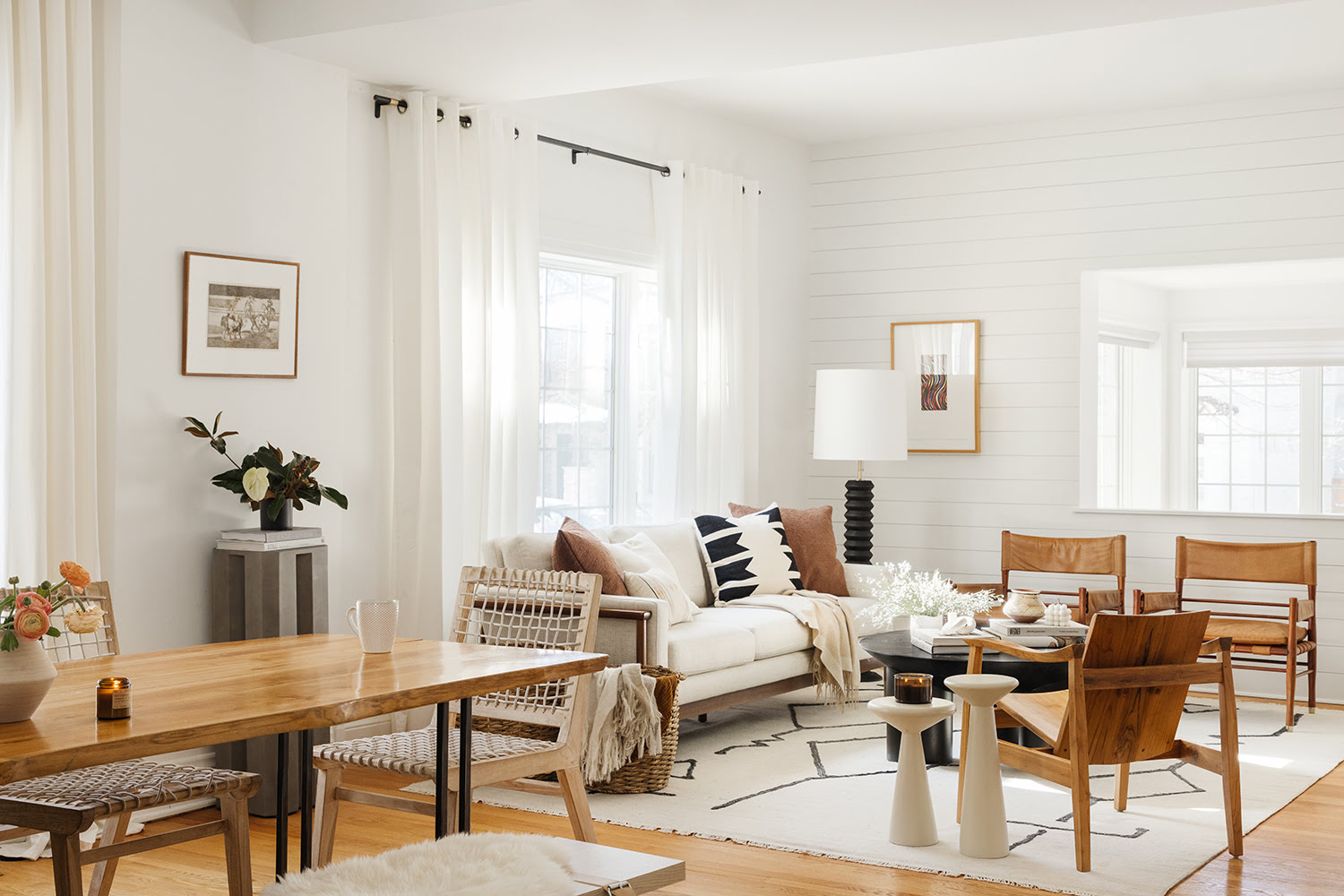
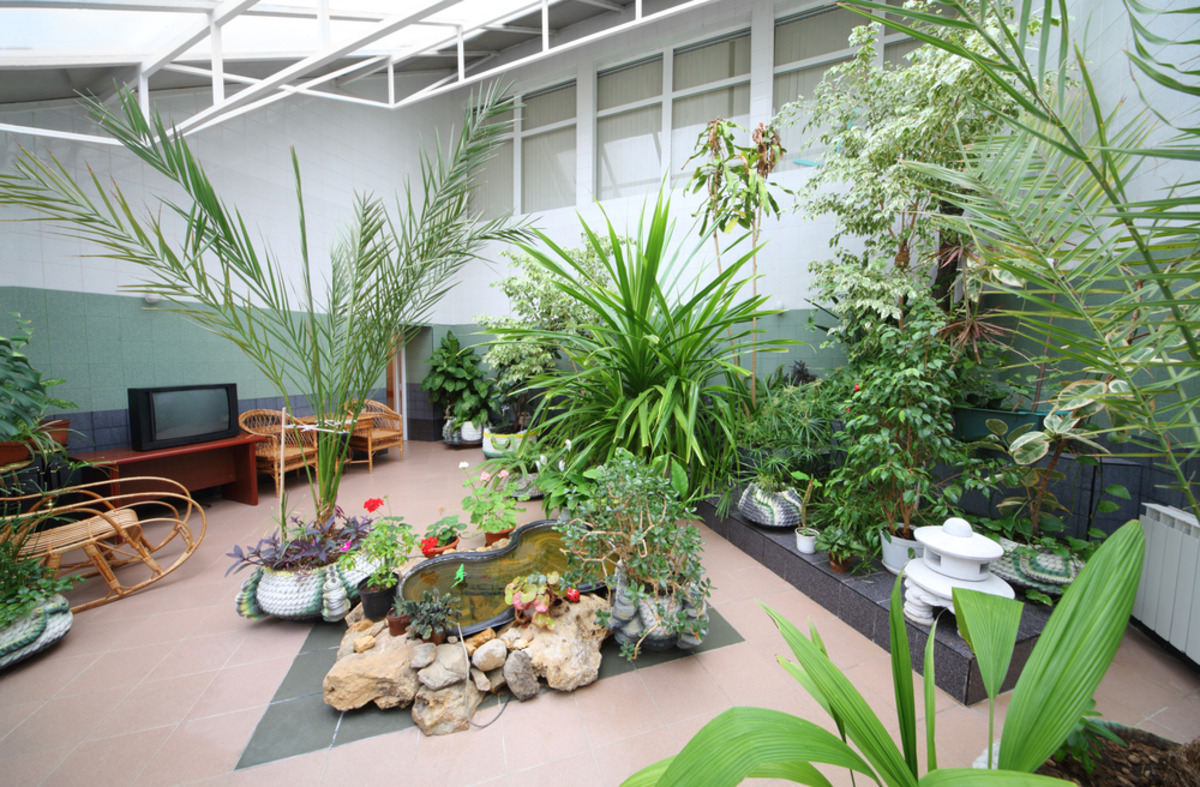
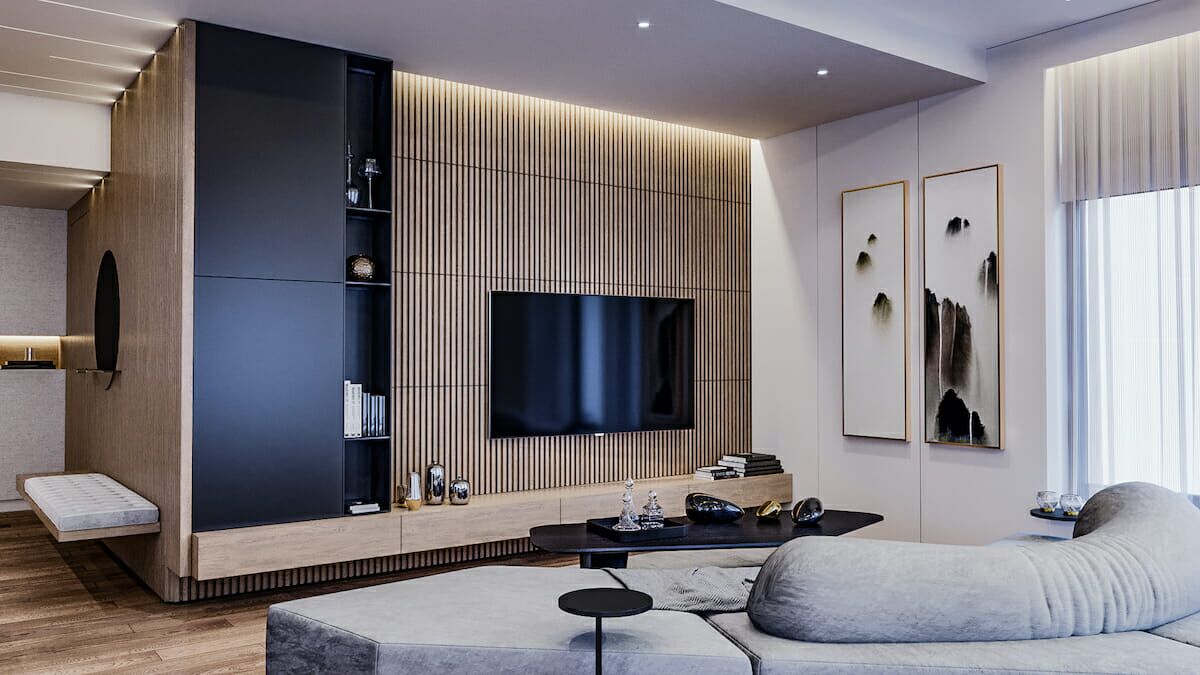
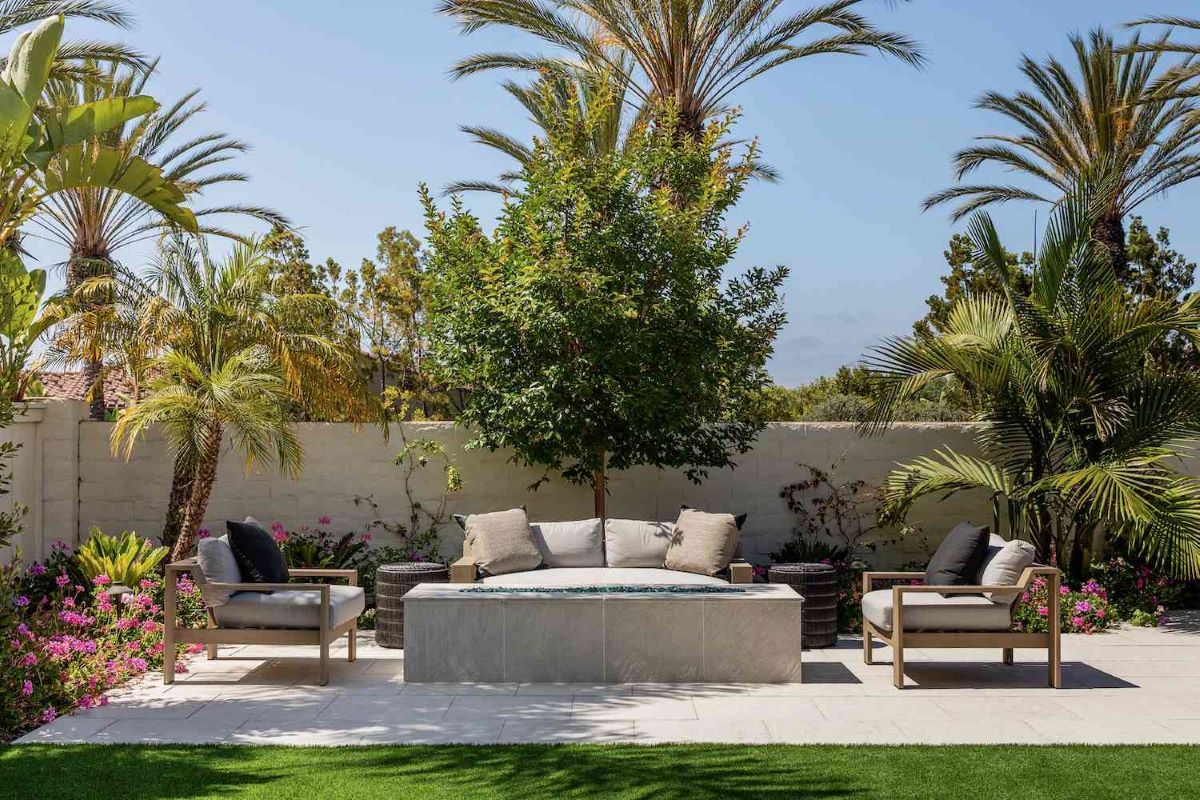
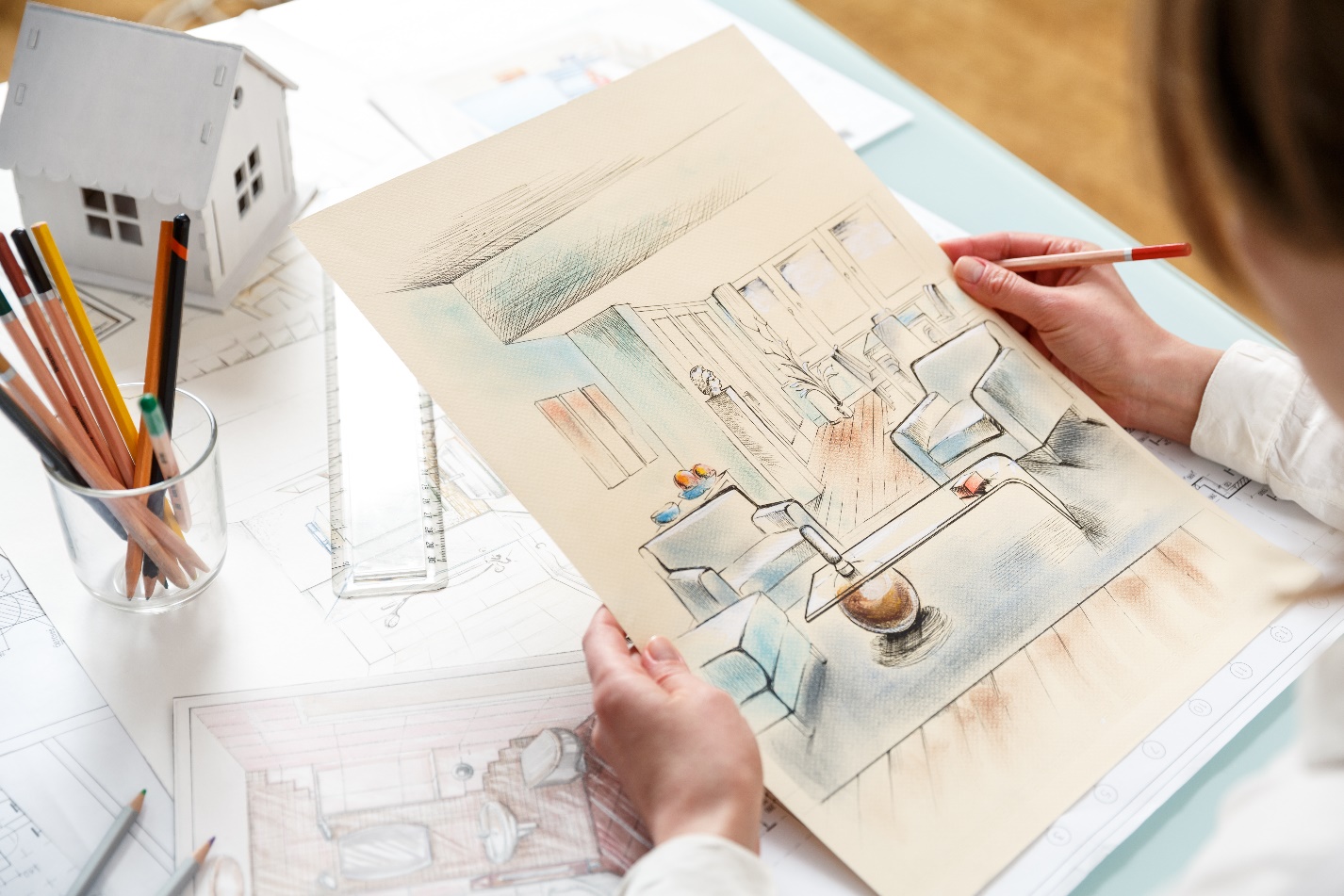
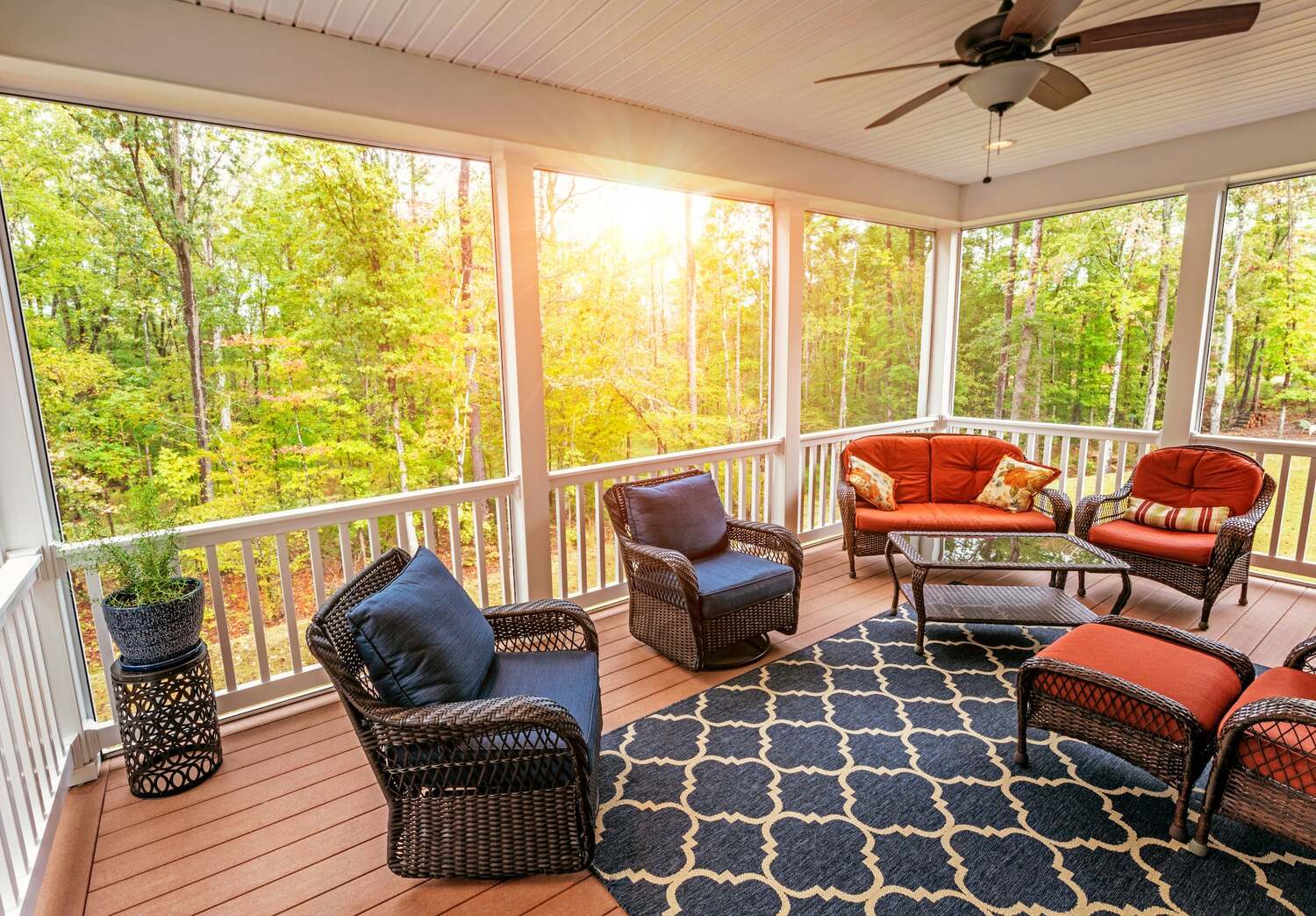
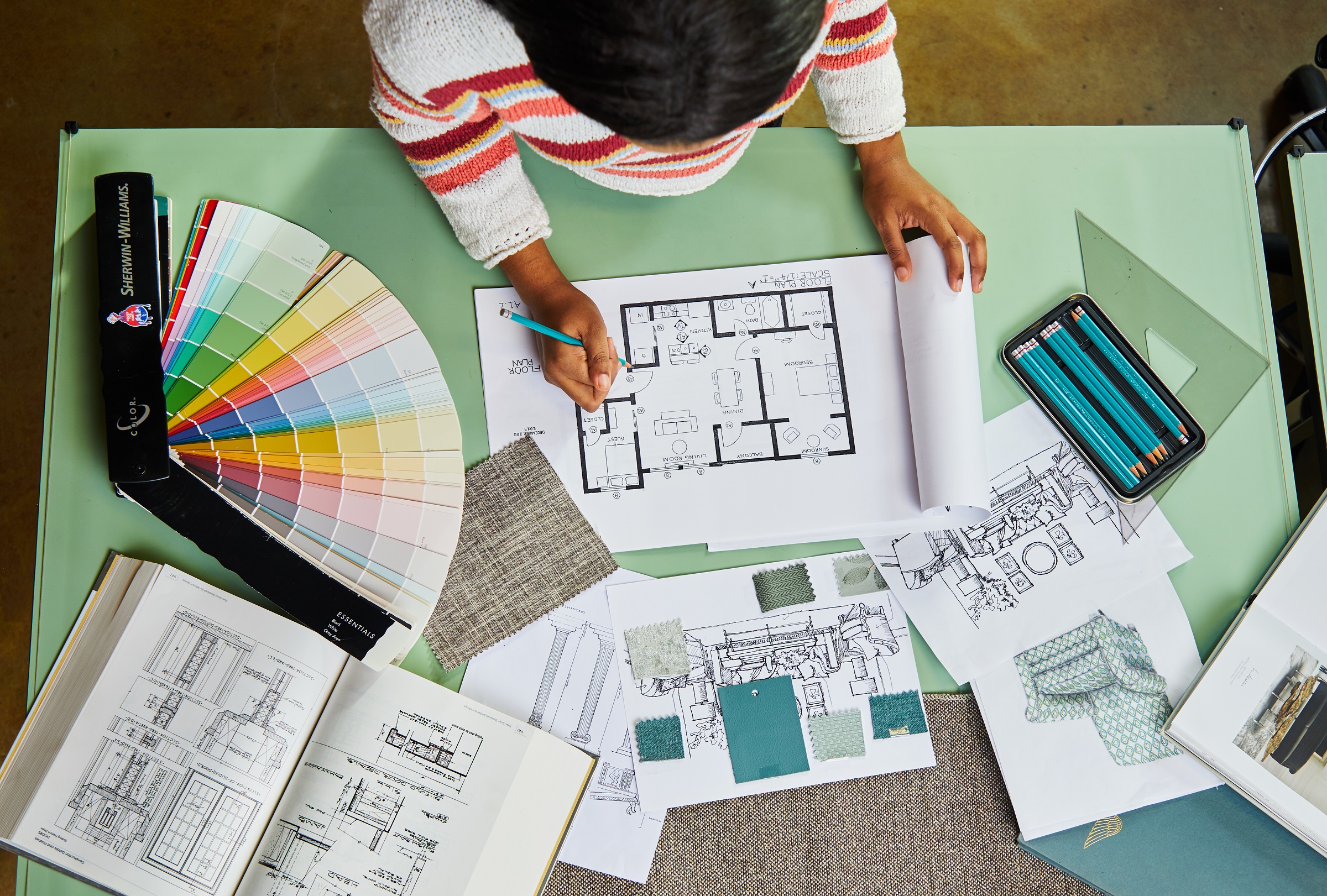
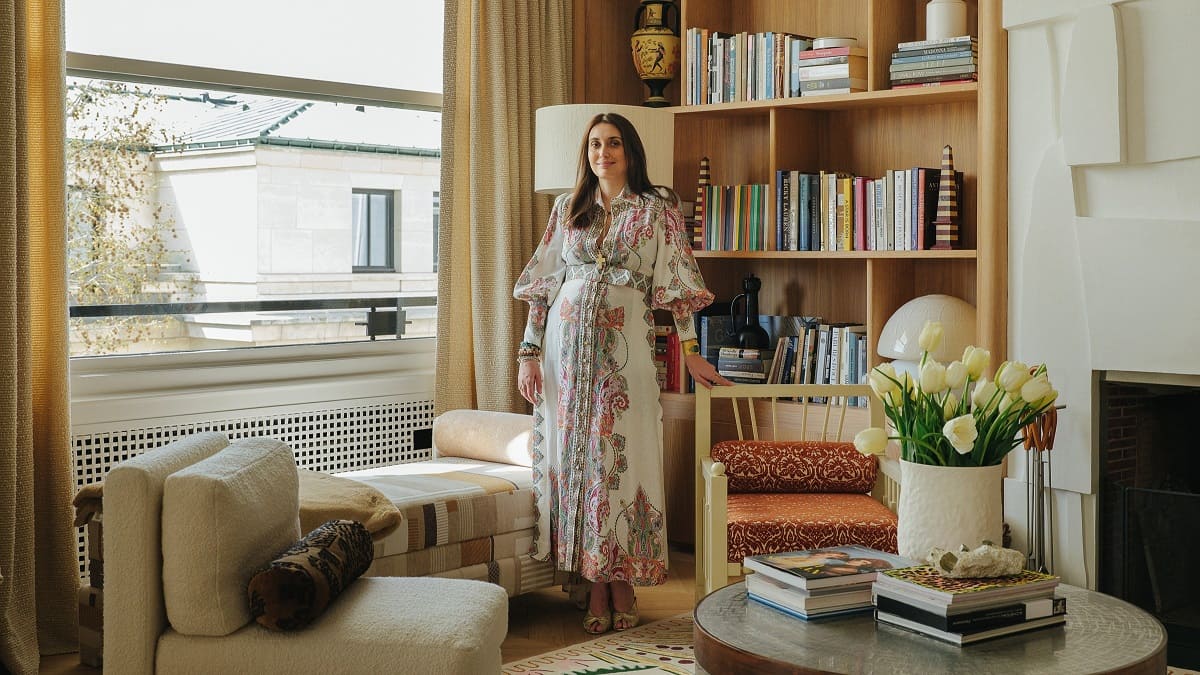
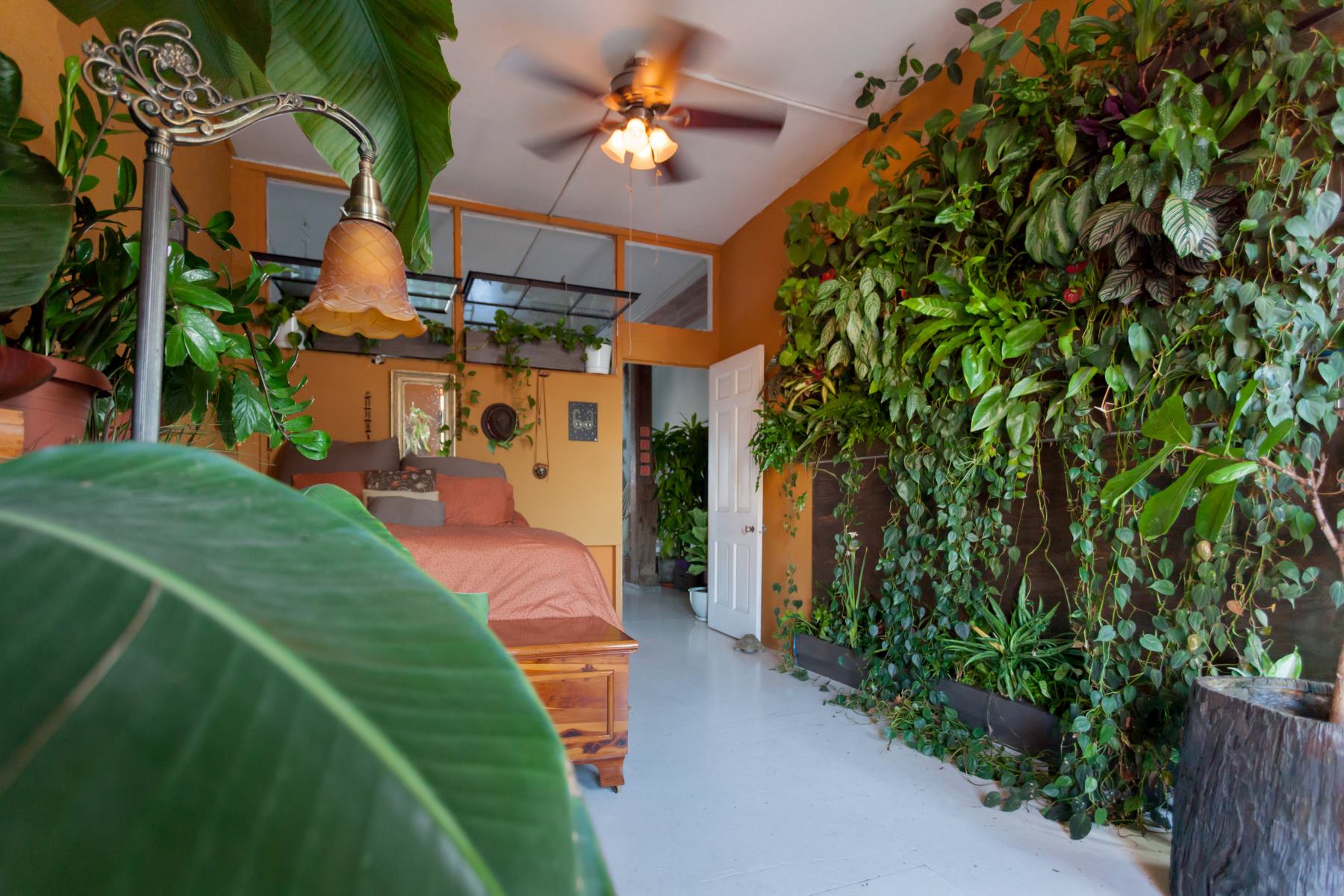
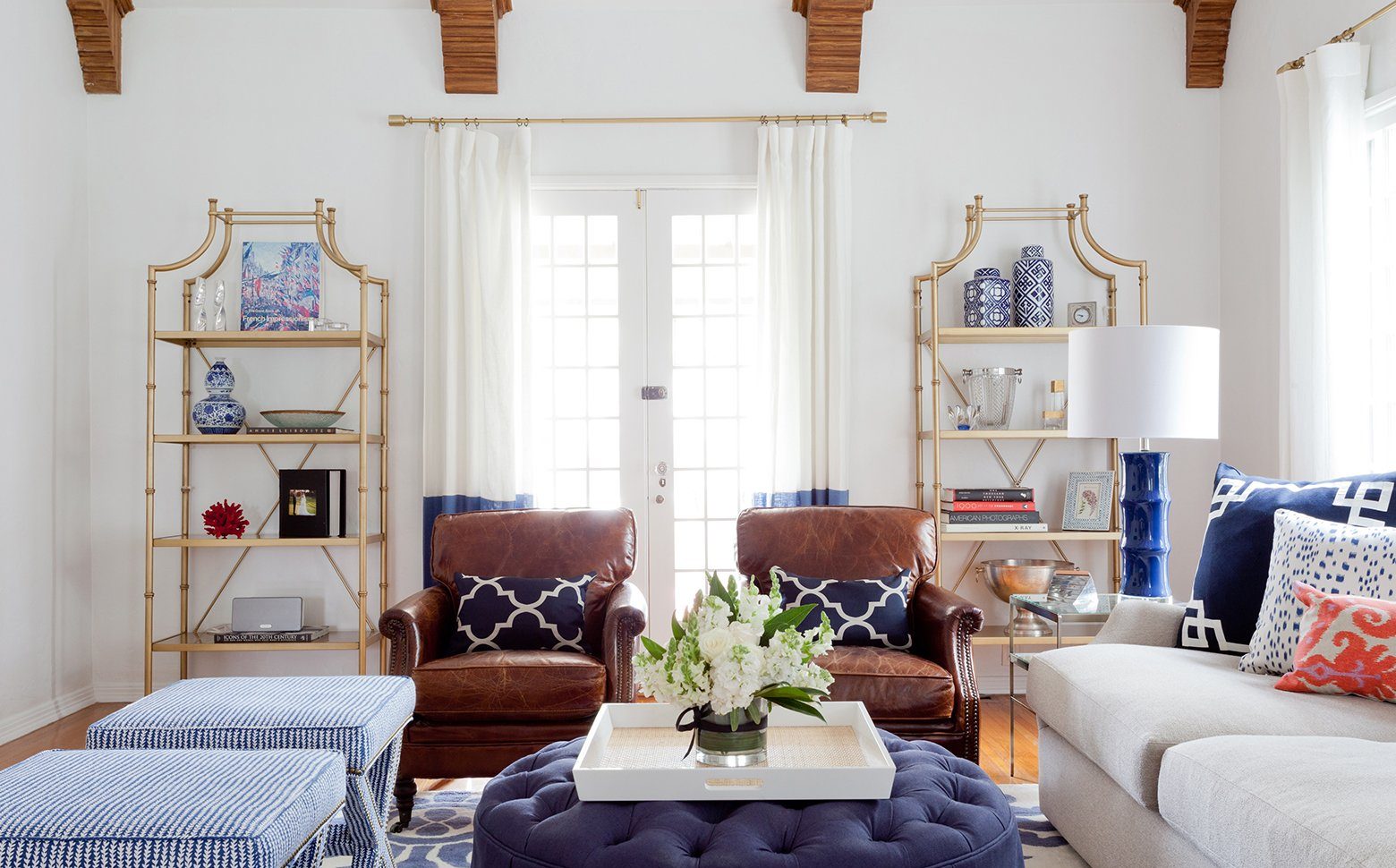
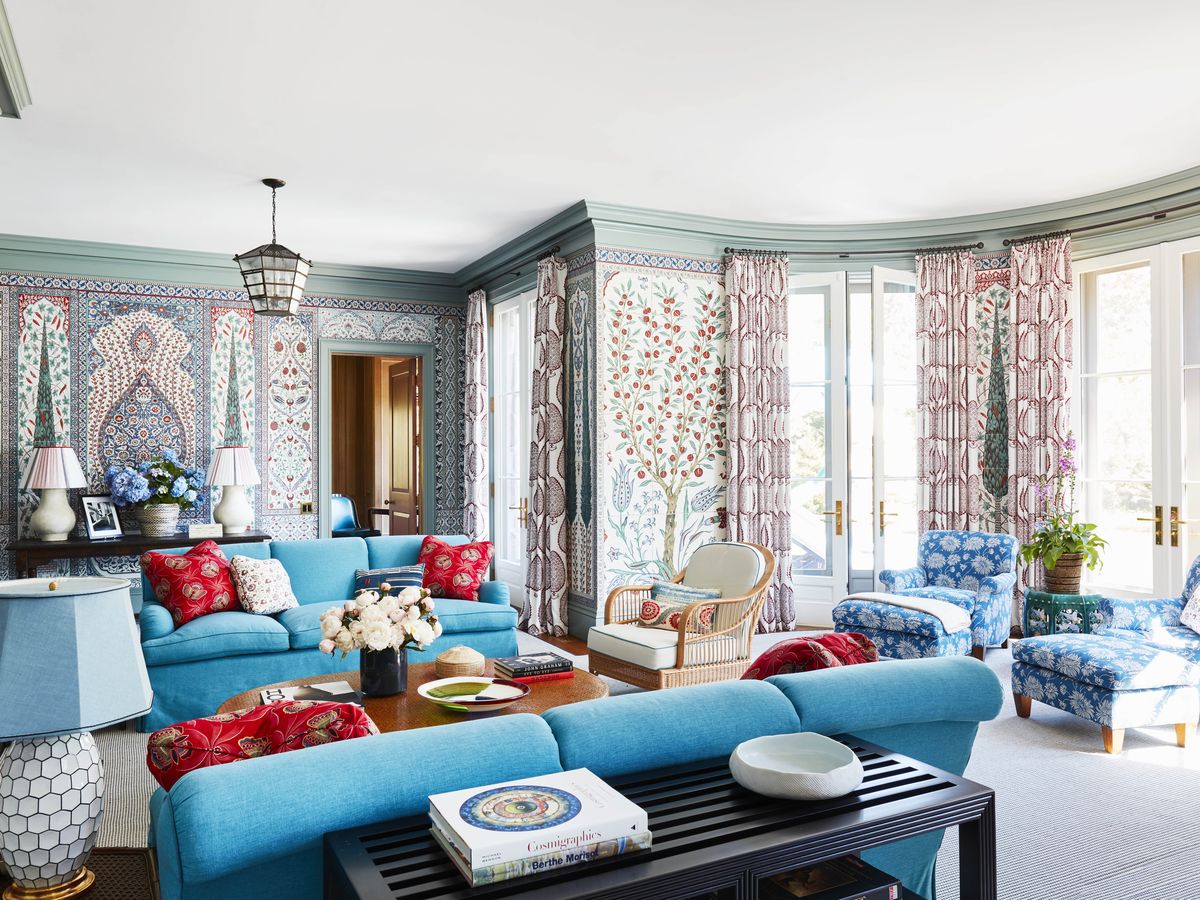
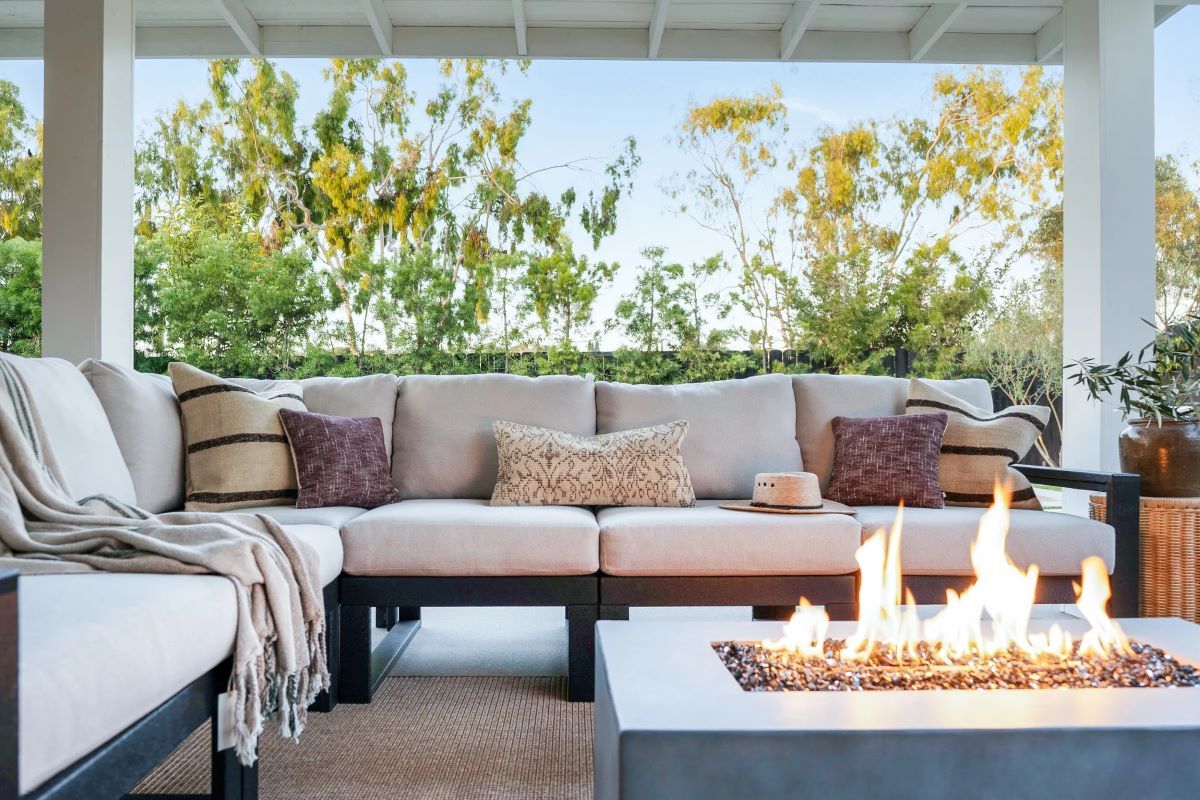
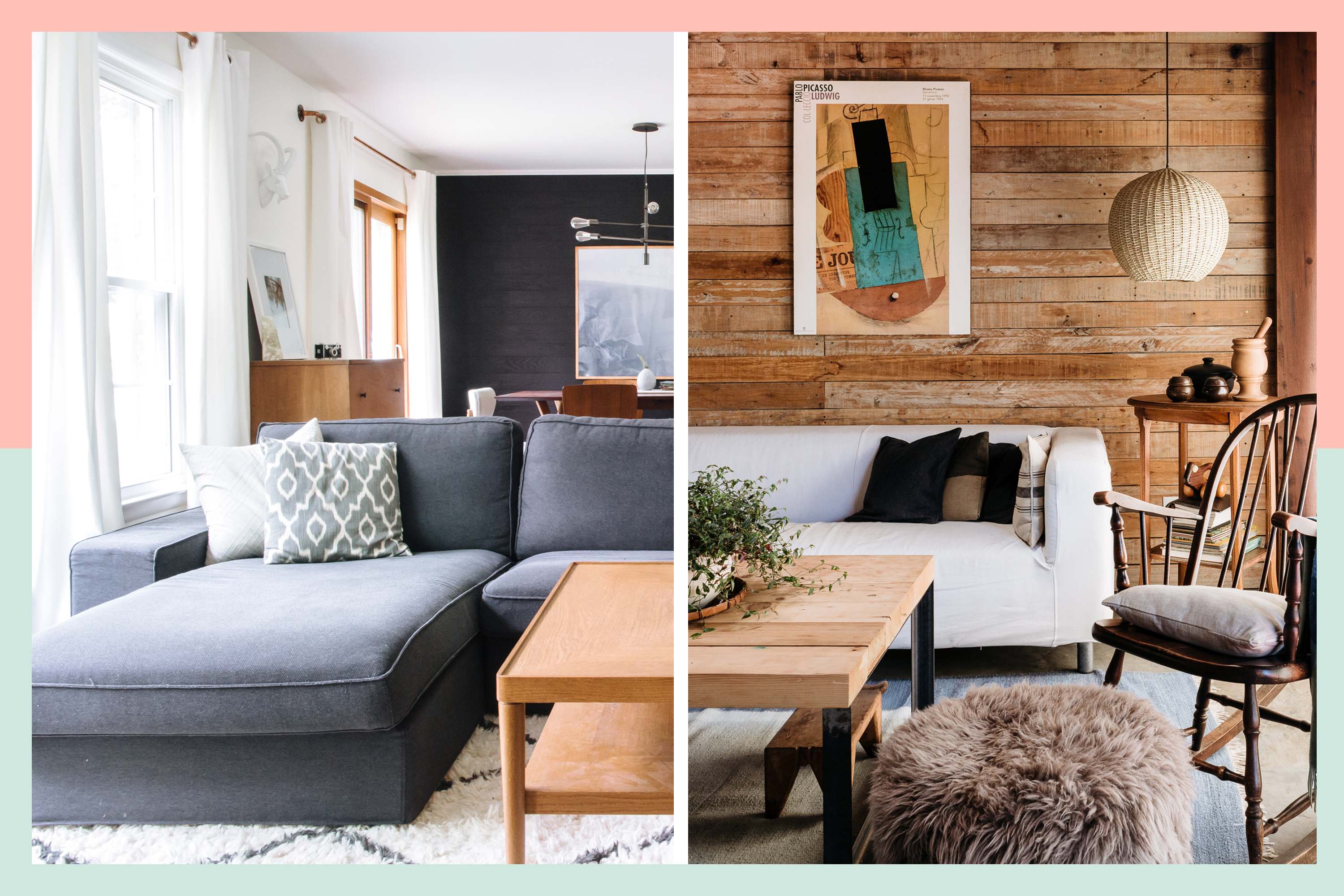

0 thoughts on “Interior Designer Natalia Miyar Reveals How To Create The Perfect Indoor-Outdoor Space”